Description
This compelling book provides psychotherapists with evidence-based strategies for harnessing the power of language to free clients from life-constricting patterns and promote psychological flourishing. Grounded in relational frame theory (RFT), the volume shares innovative ways to enhance assessment and intervention using specific kinds of clinical conversations. Techniques are demonstrated for activating and shaping behavior change, building a flexible sense of self, fostering meaning and motivation, creating powerful experiential metaphors, and strengthening the therapeutic relationship. User-friendly features include more than 80 clinical vignettes with commentary by the authors, plus a “Quick Guide to Using RFT in Psychotherapy” filled with sample phrases and questions to ask.
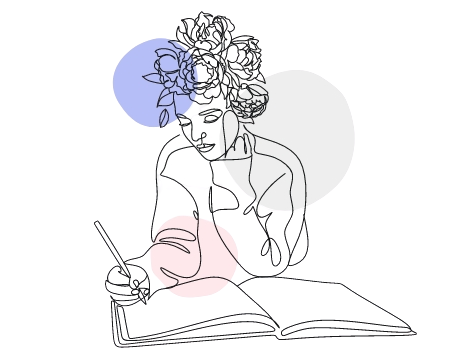

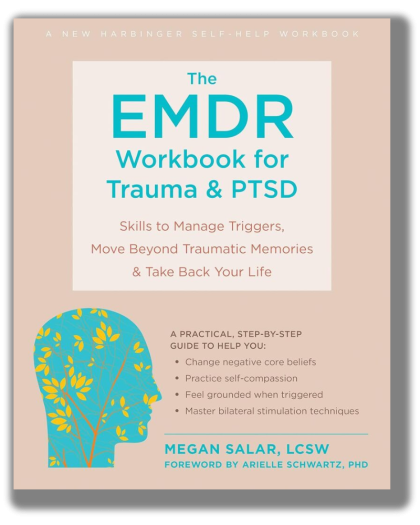
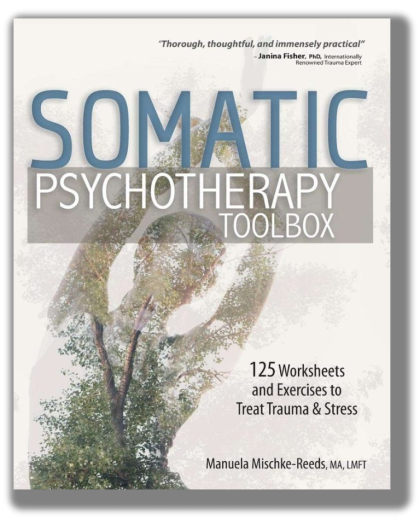
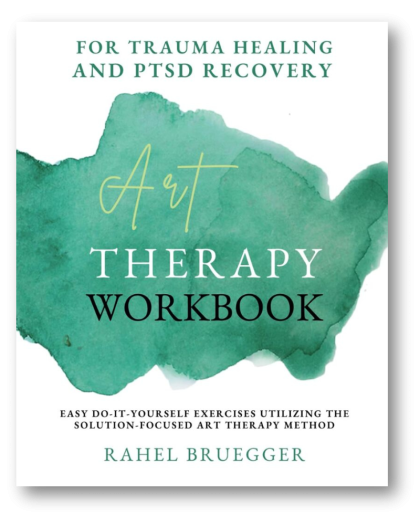
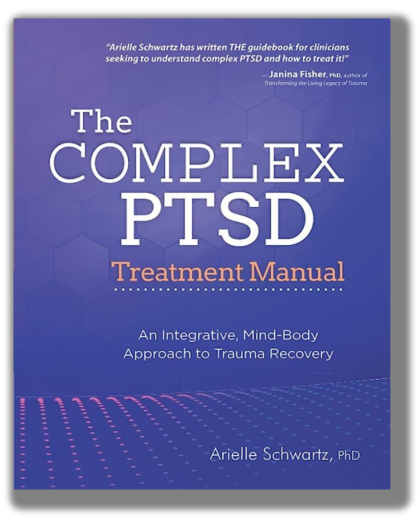
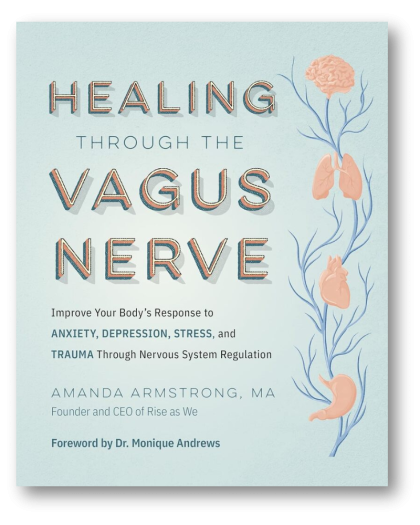



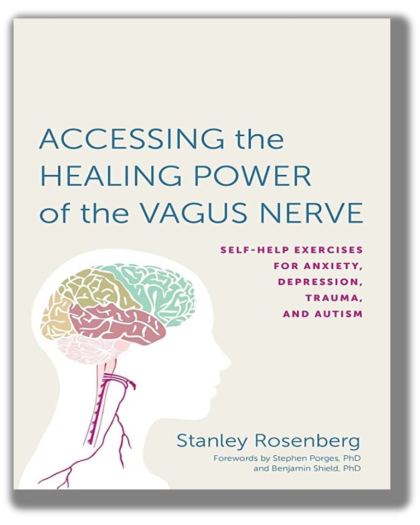
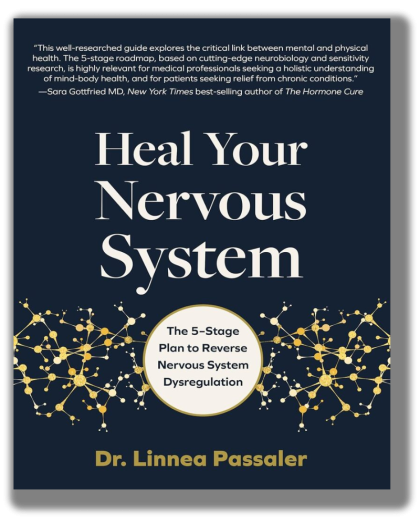
As a BCBA that is interested in other fields of behavior analysis- primarily ACT and DBT, I find this book extremely interesting. Many things are familiar to me, yet there’s more to learn about RFT. I highly recommend that book to anyone familiar with ABA.
Content and material speaks to the heart of the therapeutic context. On the negative side, it’s heady and at times granular. Very technical.
Hayes other book. A Liberated Mind, which targets the self-help community and not the context of patient/therapist is an easier read.
Great product. Good Price. Loved it.
One of the best clinical volumes I’ve read in a long time. It’s chewy but very nourishing. This book provides insights whatever your clinical orientation is.
(This review is by Jacki Browne, PhD, LCSW.) As a psychotherapist who uses Acceptance and Commitment Therapy, but was not trained as a behaviorist and is just now becoming willing to dip into learning more about RFT, I purchased Mastering the Clinical Conversation. This text is written with painstaking detail and numerous examples to hold your hand, step by step. For someone new to this, I am already able to implement pieces of the learning with my clients. Having the concept of relational framing and the various ways in which language is framed top of mind these days, I recently understood that a client’s inability to begin an exercise program recommended by her doctor was being influenced by her thoughts connected to her much older husband’s dying. Using oppositional framing and conditional framing, we were able to see very clearly how her plan to get healthy was related to thoughts that she would be getting healthier and continue life after he passed away. The opposite of life, her living, was death, her husband’s dying. If she were healthy, it would mean that her husband had died, and she was moving on. I think both the client and I were stunned by this insight. Until we worked in this way, neither of us had any idea why her own strong desire to be healthier was getting no traction in her life.
I am grateful to these 3 authors for writing this book and for Mattieu Villatte also offering a website (language as intervention.com) with many resources.